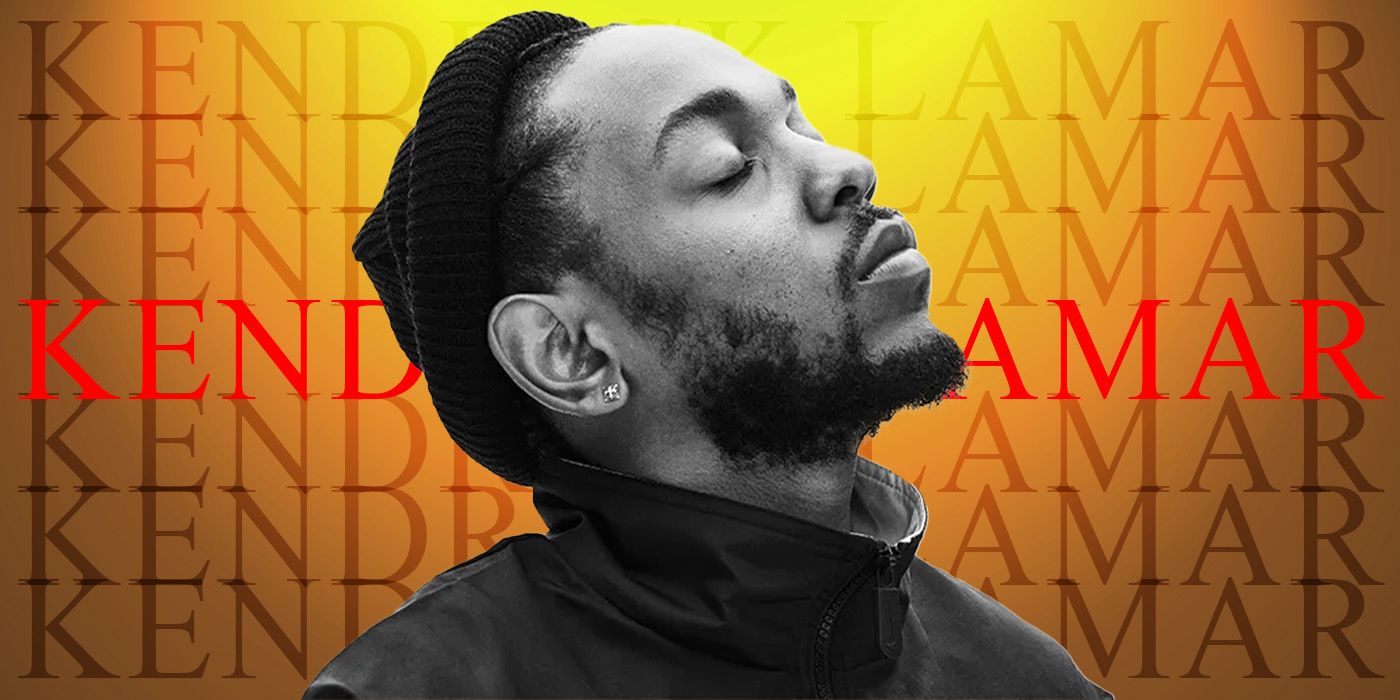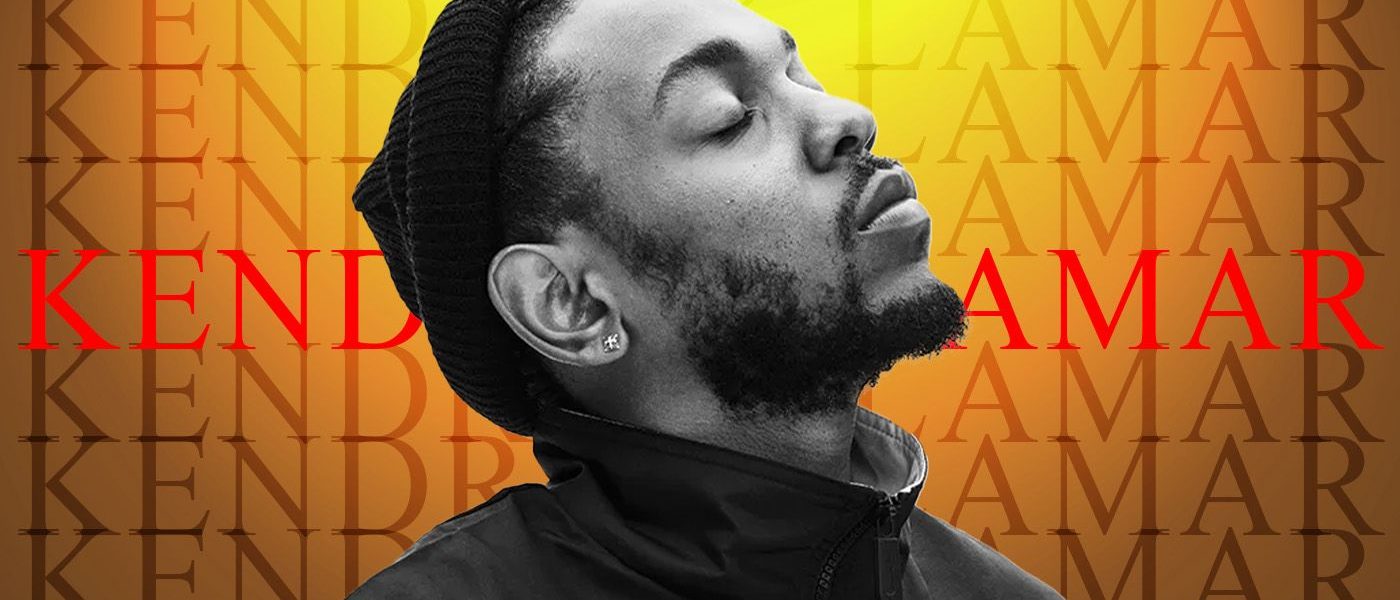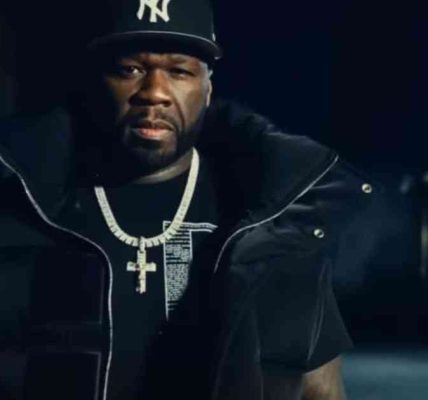
Rap music serves as an extraordinary platform for intricate wordplay, impactful metaphors, and the candid expression of personal conflicts. Among the vast array of artists, few can match the lyrical prowess of Kendrick Lamar, a true innovator from Compton. His stellar year kicked off with a spectacular performance at the Super Bowl halftime show, where he showcased his acclaimed diss track “Not Like Us“. This memorable performance allowed Lamar to present his impressive body of work to a global audience, demonstrating not only his exceptional writing ability but also his captivating stage presence.
Lamar’s artistry is characterized by his multifaceted talents, and he is renowned among his fans for infusing profound meanings, historical narratives, and personal experiences into his music. This list captures some of the most intricate and thought-provoking lyrics from his discography, showcasing the depth and complexity that Lamar consistently brings to the realm of hip-hop.
10
“Everybody gon’ respect the shooter / But the one in front of the gun lives forever.”
“Money Trees” (2012)
The theme of martyrdom is poignantly articulated in Kendrick Lamar’s “Money Trees“, where the lyrics convey a clear yet powerful message. In a society plagued by police violence and systemic injustice, the notion of achieving an eternal legacy through victimhood resonates deeply. This stark reality is particularly impactful in today’s cultural landscape, where the struggles faced by marginalized communities are more visible than ever.
Interestingly, the act of engaging in gang-related violence can lead to increased status and clout within certain communities. However, the tragic irony lies in the fact that the most significant recognition often goes to the victim rather than the perpetrator. In this harsh reality, the individual seeking validation finds themselves overshadowed by the one whose life was tragically lost, emphasizing the complex dynamics of gang culture and its ramifications.
9
“Hereditary, uh, all of my cousins, uh / Dyin’ of thirst, uh, dyin’ of thirst, uh, dyin’ of thirst, uh”
“Sing About Me, I’m Dying of Thirst” (2012)
The track “Sing About Me, I’m Dying of Thirst” exemplifies the intricate storytelling and multilayered themes that are characteristic of Kendrick Lamar’s artistry. In it, Lamar reflects on the haunting fear of being forgotten, expressing a deep desire for both his voice and the voices of the characters he embodies to resonate beyond their immediate circumstances. His references to hereditary struggles echo the ongoing cycle of hardship faced by him, his family, and his community.
It is essential to recognize that Lamar’s struggles are not solely his own; rather, they are emblematic of the broader challenges faced by his community. The environment he grew up in has shaped his perspective and, in turn, the collective yearning for recognition and purpose prevails among those around him. Lamar’s profound empathy for his peers is a defining feature of his work, illustrating his commitment to authentically represent his community while remaining grounded in his roots.
8
“No, you not a colleague, you a f*’ colonizer”
“Not Like Us” (2024)
The contentious issue of cultural appropriation is a central theme in Kendrick Lamar’s “Not Like Us“, a track that ignites passionate discourse around this complex topic. Cultural appropriation transcends mere imitation; it involves a deeper examination of how traits or aesthetics borrowed from marginalized cultures are often met with admiration, while the original creators face scorn and degradation. This stark contrast highlights the systemic prejudice that pervades the treatment of these cultures.
The genre of rap has its roots deeply embedded in the experiences of lower-income Black communities, where many artists have navigated dire circumstances, often resorting to gang activity as a means of survival. This backdrop leads to the perpetuation of negative stereotypes surrounding criminality. When figures like Drake traverse the rap scene with an air of familiarity, it raises questions about authenticity and ownership, suggesting an encroachment on a narrative that is not inherently his, thus complicating the dynamics of cultural exchange.
7
“King Kunta, everybody wanna cut the legs off him”
“King Kunta” (2015)
Kendrick Lamar’s 2015 single “King Kunta” draws a powerful connection to Kunta Kinte, a pivotal character from the acclaimed miniseries Roots. In this narrative, Kunta, portrayed by LeVar Burton, stands firm against the oppression of slavery, refusing to adopt a name imposed by his captors. This act of defiance elevates him to a kingly status in Lamar’s narrative, symbolizing resilience and self-identity.
The title “King Kunta” presents a striking contradiction, as Kunta’s actual position within the story reflects the lowest tier of the social hierarchy. By likening himself to Kunta, Lamar asserts his commitment to authenticity and pride in his heritage. This confidence may render him a target for those who seek to undermine his achievements, yet it also reinforces his role as a voice for the voiceless within his community.
6
“And that goes for Jermaine Cole, Big K.R.I.T., Wale / Pusha T, Meek Millz, A$AP Rocky, Drake / Big Sean, Jay Electron’, Tyler, Mac Miller”
“Control” by Big Sean (2013)
Kendrick Lamar’s unforgettable verse in “Control” is often recognized as the catalyst that ignited numerous rap rivalries, forever altering the landscape of the genre. While the lyrics themselves may not possess a hidden depth, the sheer magnitude of their impact on the rap community cannot be overstated. This verse challenged contemporaries and set a new standard for competitive lyricism.
Despite many artists named in the verse not responding directly, the most vocal reactions came from New York rappers, who took issue with Lamar’s self-proclaimed title of “King of New York.” This line drew inspiration from one of Lamar’s idols, Kurupt, yet many misinterpreted its intent. Conversely, some artists were honored by their mention, viewing it as a recognition of their status among the elite in the industry. As Flying Lotus aptly stated, “Anyone who felt they needed to write a response to Kendrick’s ‘Control’ verse already lost,” illustrating the profound effect of Lamar’s words on the competitive nature of rap.
5
“You killed my cousin back in ’94, f*** yo’ truce”
“m.A.A.d city” (2012)
The year 1992 marked a significant moment in gang culture when the Bloods and the Crips established a truce following the tragic execution of Henry Peco by the LAPD. This unprecedented agreement is often credited with contributing to a decline in crime rates in the region throughout the 90s and 2000s. However, in the track “m.A.A.d city“, Lamar references this tenuous truce, suggesting that personal vendettas, such as the loss of a cousin, can override collective agreements for peace.
In this powerful narrative, Lamar illustrates the fragility of truces, highlighting the challenges that arise when personal grievances collide with broader community initiatives. Often, maintaining peace requires individuals to rise above their personal feelings for the greater good, a task that proves difficult in emotional circumstances. Through his lyrics, Lamar poignantly expresses how individual tragedies can shatter years of hard-won peace within communities.
4
“F* who you know—where you from, my n**?”
“m.A.A.d city” (2012)
In low-income neighborhoods, community loyalty runs deep, and residents adhere to their own unique codes of conduct shaped by a history of systemic oppression and segregation. For those familiar with the historical treatment of Black Americans, the reasons for such loyalty become clear. These communities have been consistently marginalized, underfunded, and neglected, leading to a reliance on one another for survival.
This historical backdrop is crucial to understanding Lamar’s declaration, “F*** who you know—where you from.” In this context, social connections or reputations hold little weight. Ultimately, what truly matters is one’s origins and the implications they carry about identity and values. For Lamar and others in similar communities, the significance of one’s background is paramount in shaping their experiences and interactions.
3
“AK’s, AR’s, “Ayy, y’all, duck” / That’s what mama said when we was eatin’ that free lunch”
“m.A.A.d city” (2012)
Kendrick Lamar’s clever wordplay, sharp wit, and ability to intertwine humor with poignant messages are vividly displayed in “m.A.A.d city“. In this instance, he references the prevalence of gun violence by mentioning military-style weapons such as AK-47s and AR-15s, followed by the alarming exhortation “Ayy, y’all, duck.”
While the cleverness of the wordplay may elicit a chuckle, the stark reality of the situation becomes apparent as Lamar reveals that his own mother had to caution him about potential gunfire while they were participating in a government-funded free lunch program. This lyric encapsulates the essence of Lamar’s artistry, blending humor and stark realism to convey the harsh truths of living amidst gang violence.
2
“What you want you? A house or a car? / Forty acres and a mule, a piano, a guitar? / Anythin’, see, my name is Uncle Sam, I’m your dog”
“Wesley’s Theory” (2015)
The track “Wesley’s Theory” delves into the complex relationship between Black Americans and consumerism in the United States. Throughout the song, Lamar critiques how the nation readily accepts the financial contributions of minority groups while simultaneously perpetuating systemic inequality and exploitation. The title itself likely references Wesley Snipes, the actor known for his role in Blade, who faced legal consequences for tax evasion.
It is a widely acknowledged reality that wealthy individuals often evade taxes and engage in white-collar crime. In contrast, Snipes stands out as a high-profile victim of the legal system’s inequities. In “Wesley’s Theory“, Lamar masterfully weaves a narrative that suggests the pursuit of wealth and material possessions can often disguise deeper societal issues. Despite being heralded as part of the American dream, the economic opportunities and benefits afforded to Black Americans remain starkly different from those available to other groups.
1
“It’s nasty when you set us up then roll the dice, then bet us up / You overnight the big rifles, then tell Fox to be scared of us”
“XXX.” (2017)
The lyric from “XXX.” resonates with themes explored in “Wesley’s Theory“, drawing attention to how large institutions, including government bodies and media outlets like Fox News, often depict minority communities as threats. Simultaneously, these entities contribute to societal issues by failing to restrict access to firearms and neglecting the root causes of violence within these communities.
This narrative is prevalent throughout Lamar’s body of work, as he consistently addresses the historical injustices faced by Black Americans, stemming from systemic segregation, economic oppression, and discrimination. The overarching message suggests that these communities are systematically set up for failure, leading to criminalization and exploitation rather than support and upliftment.

[nospin]Here you can find the original article; the photos and images used in our article also come from this source. We are not their authors; they have been used solely for informational purposes with proper attribution to their original source.[/nospin]





